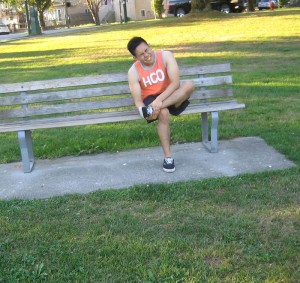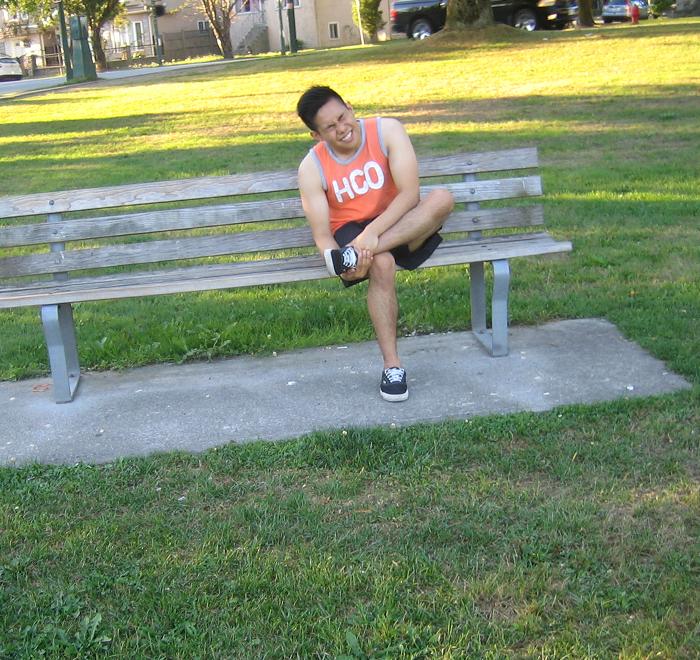Hammertoe is a painful deformity of the toes where it bends unusually and becomes claw-like in appearance. This deformity is due to the tendons of the toes that contracts abnormally and forces the toe to bend downward while the middle joint of the toe protrudes upward. Any toe can be affected by this condition but it commonly affects the second toe which is in a claw-like position and there is difficulty in straightening the toe. When wearing shoes, the toe is rubbed and walking becomes painful if a callus occurs in the sole of the foot or a corn develops on top of the toe.
There are two types of hammer toes. The flexible hammer toe where the toe can still be moved from the joint and rigid hammer toe in which the tendons found in the toe becomes stiff and the toe cannot be moved which requires medical help.
Symptoms
- Pain at the top of the bent toe when wearing shoes
- The joint of the toe is swollen along with redness or burning sensation of the area
- Development of corns on top of the joint of the toe
- There is pain when trying to move the affected joint of the toe
- Pain can be felt on the ball of the foot under the bent toe.
- If the area becomes severe, an open sore can develop
Causes

- People with flat foot and high-arched feet are susceptible to develop the condition.
- People with arthritis have the tendency to develop hammertoe
- Wearing ill-fitting shoes such as shoes that are too tight, too short or too pointy can push the toes out of balance. Pointy and high-heeled shoes can cause severe pressure on the toes and women are more susceptible to this condition than men.
- Diabetes mellitus can cause damage to the feet and can lead to the development of this deformity.
If the toe becomes painful and there is difficulty walking, seek medical help immediately.
Treatment
- For mild hammer toe, use corn pads or felt pads, toe caps which are small padded sleeves that are fitted around the tip of the toe to lessen hammer toe pain.
- Wear wide shoes with elastic soles to avoid pointed shoes
- Perform exercises by using the hands such as moving and stretching the toes gently and picking soft and small objects like marbles or towels in order to help make the joints of the toe flexible. Another way is putting a towel flat under the feet and by using the toes, crumple the towel to stretch and strengthen the muscles.
- If the affected area becomes painful, apply an ice pack at least several times every day to lessen the swelling and soreness of the affected area.
- Take the prescribed anti-inflammatory medications such as ibuprofen or naproxen to lessen the inflammation and pain.

